Innisfree - Myeong-dong Branch (이니스프리 명동점)
7.0Km 2016-10-12
15, Myeongdong-gil, Jung-gu, Seoul
+82-2-776-0117
Innisfree is a mid-price ranged cosmetic brand popular among a wide range of consumers. Deeply loved by teens and young women who share their belief in preserving the balance of nature by purchasing eco-friendly and green life products, the brand focuses on marketing their use of unharmful ingredients as well as the benefits of their 'pure ingredient' lines.
Ziozia Ssts - Myeong-dong Branch [Tax Refund Shop] (지오지아 SSTS 명동점)
7.0Km 2024-04-22
6, Myeongdong 8na-gil, Jung-gu, Seoul
-
Hanu Samgyeop (한우삼겹)
7.0Km 2021-03-24
31, Myeongdong, 4-gil, Jung-gu, Seoul
+82-2-318-0028
You can enjoy freshly aged meat. This restaurant's signature menu is grilled pork belly. This Korean dishes restaurant is located in Jung-gu, Seoul.
Uniqlo - Gwanghwamun D Tower Branch [Tax Refund Shop] (유니클로 광화문D타워)
7.0Km 2024-04-17
17, Jong-ro 3-gil, Jongno-gu, Seoul
-
Cheong Wa Dae (Blue House) (청와대)
7.0Km 2024-10-30
1, Cheongwadae-ro, Jongno-gu, Seoul
+82-2-1330
The signature markings of the Presidential Residence of Cheong Wa Dae are its blue tiles on the Main Office; it is the first thing to catch one's attention upon viewing the premises. Approximately 150 thousand tiles compose the roof of the Main Office. Each tile was baked individually to make them strong enough to last for hundreds of years. The blue tiles and the smoothly curving roofline blend beautifully with Bugaksan Mountain in the backdrop.
Cheong Wa Dae is comprised of the Main Office, Yeongbingwan (State Guest House), Chunchugwan (Spring and Autumn) Hall, Nokjiwon Garden, Mugunghwa (Rose of Sharon) Hill, and Chilgung Palace. It is interesting to see that all the buildings are unique and beautifully designed, built in the traditional Korean style. Just outside the premises is Cheongwadae Sarangchae, an exhibition hall showing the history of Cheong Wa Dae and the Korean presidency, as well as gifts received by heads of State over the years. The hall is open and free to all visitors.
Cheong Wa Dae Media Display (청와대 국민과 함께 영상전시)
7.0Km 2024-11-28
1 Cheongwadae-ro, Jongno-gu, Seoul
박주원 학예연구사 02-3771-8636
Cheong Wa Dae Media Display brightens the night through a media facade display on Yeongbingwan Hall. The display shows the history of Cheong Wa Dae through the theme "Twelve Lights".
Gwanghwamun Gate (광화문)
7.0Km 2024-12-04
161 Sajik-ro, Jongno-gu, Seoul
+82-2-3700-3900
Built in 1395 under the reign of King Taejo, the first king of the Joseon dynasty, Gwanghwamun Gate is the southern gate of Gyeongbokgung Palace. It is also the main gate of the palace, therefore larger and fancier in comparison to the other gates. Gwanghwamun Gate consists of three arched gates; the center gate was used by the king, while the other two were used by the crown prince and royal officials. The tall granite walls of the gate serve as a platform for the wooden gate tower that watches over the city. The gate has a sign with its name written at the top center of the gate tower.
Gwanghwamun Gate went through several damages and restorations over the course of history. It was first severely damaged during the Imjin War (1592-1598) and was not restored until the reconstruction of Gyeongbokgung Palace in 1864. Under the Japanese administration, the gate was demolished and relocated to the north of the palace's eastern gate, followed by series of damages during the Korean War (1950-1953). In 1968, Gwanghwamun Gate was relocated back to the south of the palace and was rebuilt using concrete; however, the gate’s position was shifted a few meters away from its original location. In 2006, a major reconstruction project took place to restore Gwanghwamun Gate to its original state and location, disassembling the structure completely and replacing concrete with granite and wood. After three years and eight months of construction, Gwanghwamun Gate was fully restored to its original form and was open to the public on August 15, 2010.
Myeong-dong Ttungttungi Jokbal (명동뚱뚱이족발)
7.0Km 2024-10-15
9, Toegye-ro, 20-gil, Jung-gu, Seoul
+82-2-778-8998
One of the old restaurants in Myeong-dong featured in Korean gourmet programs. This Korean dishes restaurant is located in Jung-gu, Seoul. The most famous menu is braised pigs' feet.
The North Face - Guui Branch [Tax Refund Shop] (노스페이스구의점)
7.0Km 2024-04-19
81, Jayang-ro, Gwangjin-gu, Seoul
-
Olive Young - Nowon Branch [Tax Refund Shop] (올리브영 노원)
7.0Km 2024-04-17
#105, and #106, 65, Sanggye-ro, Nowon-gu, Seoul
-
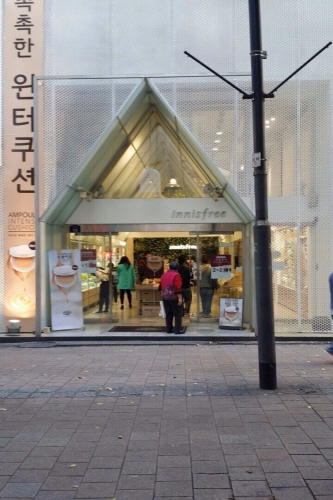
![Ziozia Ssts - Myeong-dong Branch [Tax Refund Shop] (지오지아 SSTS 명동점)](http://tong.visitkorea.or.kr/cms/resource/21/2891121_image2_1.jpg)
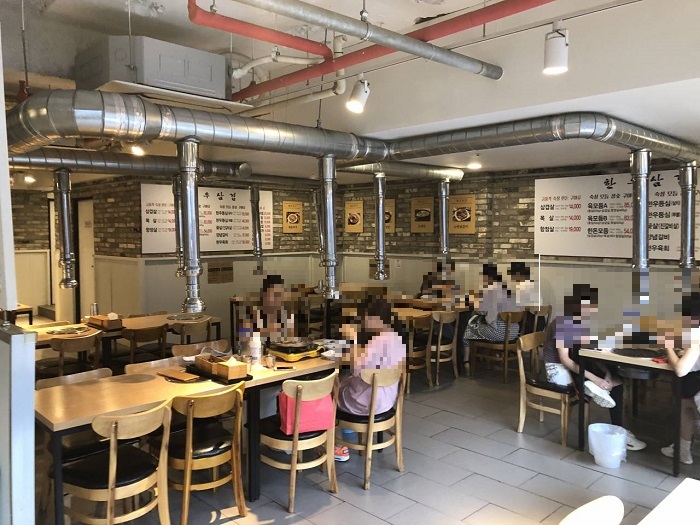
![Uniqlo - Gwanghwamun D Tower Branch [Tax Refund Shop] (유니클로 광화문D타워)](http://tong.visitkorea.or.kr/cms/resource/15/2878215_image2_1.jpg)
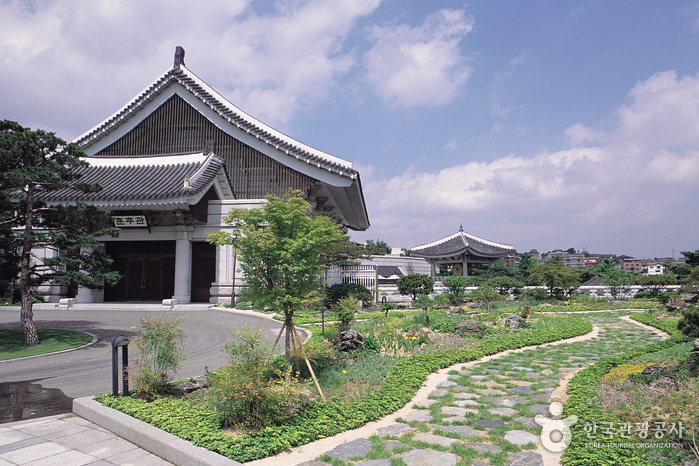
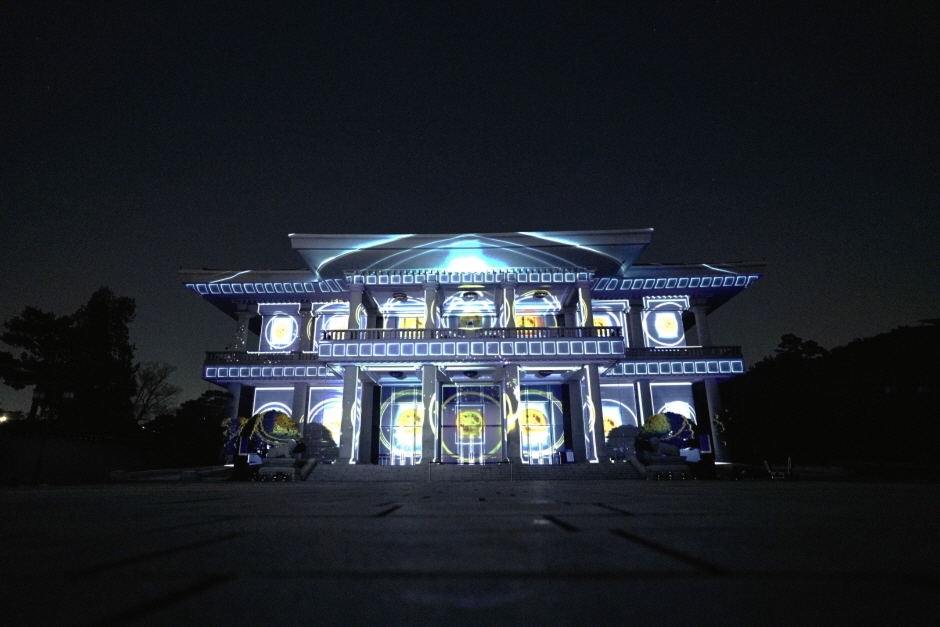
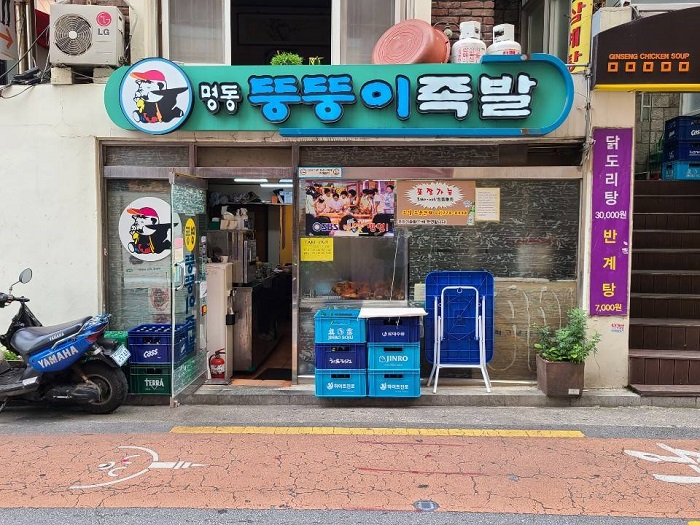

![Olive Young - Nowon Branch [Tax Refund Shop] (올리브영 노원)](http://tong.visitkorea.or.kr/cms/resource/69/2888069_image2_1.jpg)
 English
English
 한국어
한국어 日本語
日本語 中文(简体)
中文(简体) Deutsch
Deutsch Français
Français Español
Español Русский
Русский